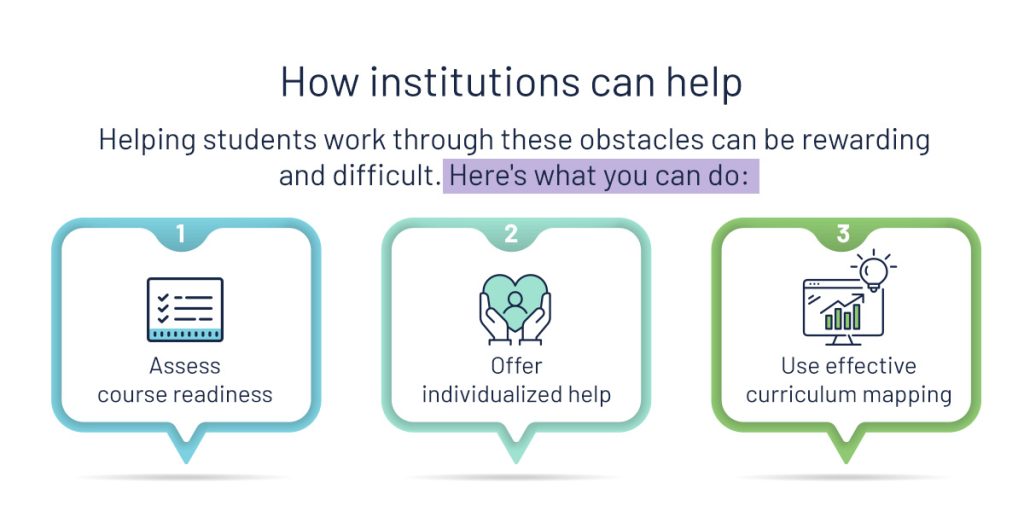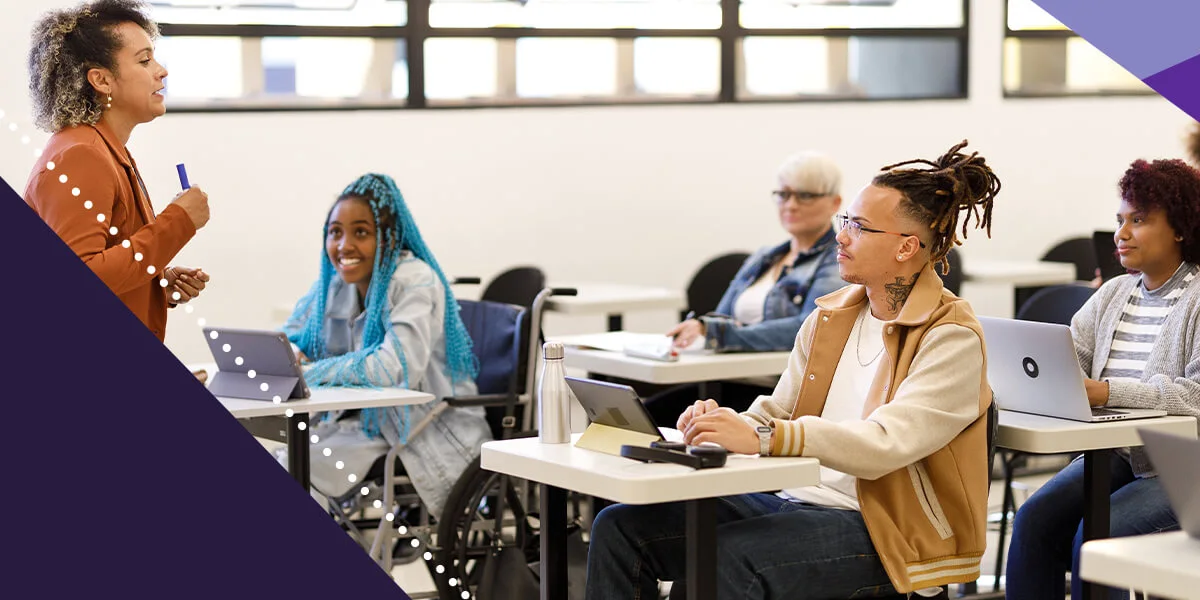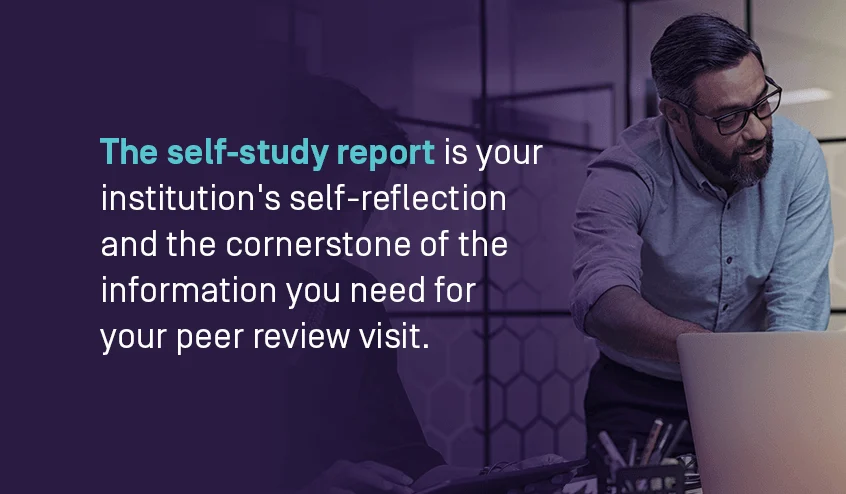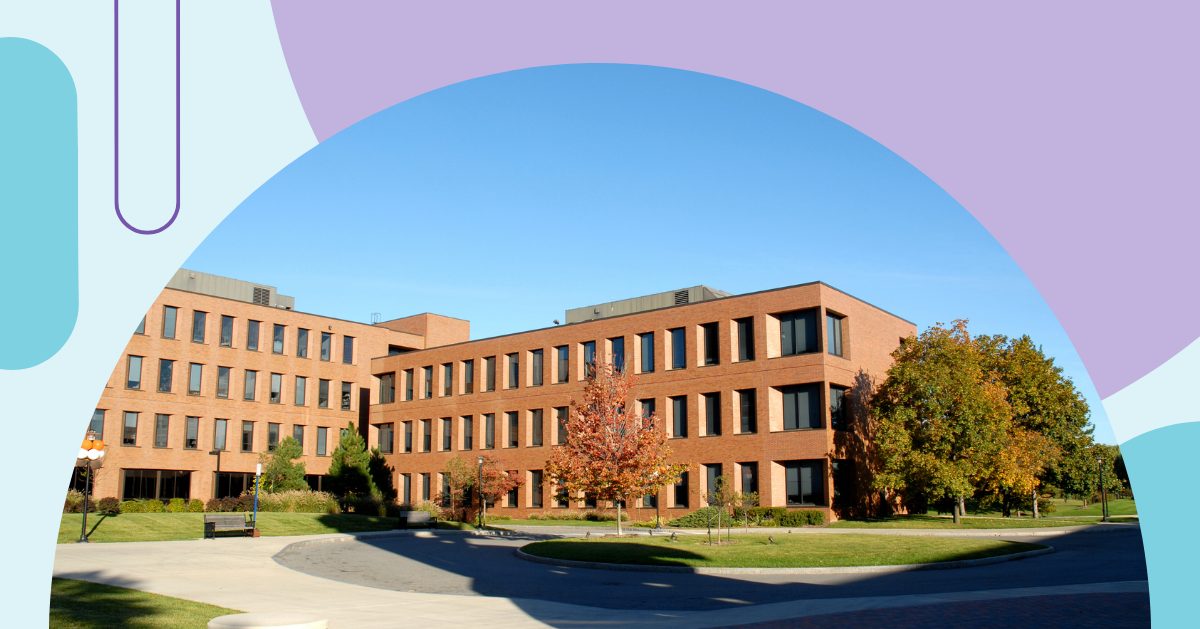
Many college students hope to earn a degree and improve their livelihood at home and work. However, after students begin their college experience, they often face challenges that might seem insurmountable. These obstacles can prevent some students from achieving those hopes and dreams. Higher education institutions must identify student challenges and implement strategies to help them cope. When students have the support they need, they have more freedom to focus on their academics, improving their chances of success.
The greatest challenges that students face today are related to academics, accessibility, finances, living environment, mental health and wellness, and time management.
1. Financial uncertainty
Financial stress has a significant impact on a student’s ability to succeed both academically and socially. Most students can’t write checks or pay through a savings account for their college meal plans, tuition, books, and materials. College is a significant investment, and financial uncertainty is common among students. This worry can compound for those who need to support their families while also staying enrolled in college.
The majority of college students use loans to pay for their college and personal expenses, so they will also face the reality of student loan debt after graduation. As of 2025, student loans averaged $37,853 per borrower, with most people needing nearly 20 years to pay off their outstanding balances.
Poor financial security can negatively impact students’ mental health. Worrying over finances might contribute to or worsen mental illnesses such as depression and anxiety. Students facing financial stress may also find it more challenging to navigate relationships with their wealthier peers, leading to feelings of embarrassment and isolation.
Some students also have to work to cover college expenses, so their academics suffer. Nearly 65 percent of college students have jobs, and 40 percent of those with jobs work full-time. Working over 20 hours a week has proven to negatively impact academic performance, and those working more than 25 hours a week are less likely to complete degree programs within six years of beginning their academic journey. Financial insecurity is also a major reason students defer or drop out of school. Recent studies depict that 42 percent of dropouts express financial concerns as the primary factor for leaving higher education.
How institutions can help
Students often need help navigating their financial obligations. Institutions can offer students support in various ways to alleviate challenges that students face in university associated with financial stress. Consider these strategies:
- Redirect resources: Allocate funds to cover textbooks for students or offer low-cost or no-cost options. This funding will ensure that all students have adequate access to the necessary course material.
- Focus on inclusion: Make university events free or lower ticket prices so all students can attend. Create clubs and organizations to encourage student communication and connection-making.
- Provide support services: Financial aid and support services can help students stay on track, offer guidance, and encourage early intervention for at-risk students. Ensure that student advisors and faculty communicate these support services to students in need.
2. Difficulty managing commitments
Balancing time commitments can be another challenge for college students. Many must work full- or part-time jobs, attend classes, and care for family, making good time management challenging. Even traditional college students must juggle part-time jobs, internships, and extracurricular activities like intercollegiate athletics. Responsibilities can overwhelm students, especially those who have not attended college or who have been out of school for many years.
Many struggle to prioritize tasks, manage time effectively, and ask for help when needed. But given that increased stress and anxiety levels can make good decision-making even harder, it’s easy to see why managing commitments is the second most frequent challenge faced by college students today. In many cases, a student struggling with time management will procrastinate, leading to poor performance and other negative impacts. Estimates suggest that nearly 90 percent of students procrastinate, with 25 percent of these students becoming chronic procrastinators and dropping out.
How institutions can help

If students feel like they are drowning, the most important thing for them to know is that they can get the help they need. Student advisors and even more organized peers can help students create a plan to balance their commitments. Your institution can also:
- Help students find time management techniques: It’s essential that institutions help students find time management techniques that work best for them. It is a critical skill that students need to learn to succeed in college and beyond. There is a range of time management techniques that students can use, such as utilizing reminders and calendars, keeping a detailed schedule, and learning how to be more flexible. Help students find what works for them through campus resources and services.
- Offer flexible learning options: Flexible learning options can give students the adaptability they need to complete school work while managing other obligations. Offering online classes can enhance time management skills. Allowing students to use ePortfolios, internships, and work experience count as college credits can ease requirements and empower students to make stronger connections with their learning.
3. Inadequate academic preparedness
It is common for college students to realize that they need more than their previous academic preparation to prepare them for college. The underprepared student may not have taken the appropriate college preparatory courses or stayed in certain academic courses long enough to retain the required information.
We’re also seeing preparedness dipping across the board. Recent studies highlight the historic lows in inadequate academic readiness. In 2022, the United States witnessed the lowest ACT scores in 30 years and declining SAT scores. Despite these numbers, four out of five high school students feel prepared for college. The result is students arriving on campus and having jarring classroom experiences.
This under-preparedness means that the student will likely need remedial courses to regain or attain a base level of academic competency. This phenomenon of students requiring remedial education is a growing challenge at institutions nationwide. Many colleges and universities have students who earned satisfactory grades in high school but struggle to write a good paragraph or solve an algebra equation.
How institutions can help
Academic challenges may cause stress and anxiety for students while confusing instructors. As a student service professional, identifying and understanding these challenges students face is crucial to the job. Helping students work through these obstacles can be rewarding and difficult. Here’s what you can do:
- Assess course readiness: Every class and each student comes to the classroom with varying levels of knowledge and experience. Prompt instructors to assess course readiness to determine what students know and where they can improve. Your educators can use this information to guide the course and prevent students from falling behind.
- Offer individualized help: Personalizing student coursework is an effective way to create meaningful academic experiences. Leverage student information like tests, reports, observational data, and class participation to help students set personal goals, improve knowledge retention, and enhance learning outcomes.
- Use effective curriculum mapping: Effective curriculum mapping helps students learn more. Curriculum maps should address obvious knowledge gaps, measure learning, and create meaningful learning experiences. Revisit your maps regularly and make changes to address student needs.
What could Watermark do for your institution?
4. Accessibility challenges
Many students with disabilities, accessibility needs, or learning challenges may struggle to manage college projects and assignments. Others may find it challenging to navigate physical spaces if they need to travel across campus. Many students from all walks of life have specific wants and needs and require accommodations to complete their coursework and degrees.
For example, some students may have learning challenges and require access to assistive technology and software, a notetaker, or special tutoring services. Others with physical disabilities require easy access to campus classrooms, libraries, laboratories, or housing.
How institutions can help
Without accessible services, students may feel uncared for and tempted to drop out. Others may struggle to get involved in the campus community when they can’t find places to accommodate them. Whether your students need a sign language interpreter, time for testing, a sighted guide, or options for adaptive campus activities, making the college accessible can create a welcoming atmosphere, improve mental and physical well-being, and reduce dropouts.
5. Living environment challenges
Living on their own for the first time can be challenging for students. Many first-generation students might also suffer, as they are the first in their families to experience the college lifestyle. Some living environment challenges might include the following:
- Bad roommates: Some roommates do not get along, have different sleeping schedules, or have different opinions on cleanliness.
- Lack of privacy: Students might not like the lack of privacy of sharing a room or living in a dorm with other people.
- Bathrooms: Some shared bathrooms or communal bathrooms offer cleaning or privacy challenges.
- Sharing laundry machines: Timing your laundry loads can be difficult, especially if you’ve never done laundry by yourself.
- Illnesses: Illnesses like colds and flu cases spread much more quickly when living in a dorm.
- Small space: Some dorms are tiny, offering little room to move, live, or socialize.
- Distractions: Students might be distracted by others when trying to do homework or complete projects.
- Lack of sleep: Some students might be noisy during the evenings, or others might need to get used to living in a dorm and sleeping in a new bed.
- Cleanliness: Cleaning up after themselves and managing their own schedule can be very challenging for new students.
How institutions can help
While the challenges students face in school regarding living on campus are numerous, supporting students during their transition from home to college can be integral to creating a good experience. Ensure your students have resources where they can find advice, address personal issues, and resolve challenges.
6. Mental health and wellness issues
More than 60 percent of college students met the criteria for at least one mental health problem in the 2020-2021 school year. Many college students struggle with mental health due to stress from coursework or anxiety from friendships and romantic relationships. For example, some students experience mental turmoil due to the pressure of completing a degree. The combination of classes, work commitments, extracurricular activities, and relationships can be difficult for people to handle emotionally. Other students might experience fatigue, depression, or insomnia due to excess stress.
Physical issues may also present themselves. Because students share dorm rooms and interact socially with many people, it can be common for students to experience colds, flu, or other temporary illnesses. While a cold might not present a larger challenge to students, other physical pains and conditions might be difficult to manage.
For example, physical symptoms like headaches, migraines, muscle pain and soreness, poor eating habits, or substance and alcohol misuse may result from the added stress of college.
How institutions can help
Many higher education institutions are taking a proactive approach to addressing student mental wellness. From implementing more inclusive policies to offering more campus resources, colleges and universities are trying to tackle the mental health crisis head-on. Top strategies for addressing this challenge include:
- Training faculty members: Faculty members are often the first line of defense when it comes to identifying and confronting student mental health challenges. In their interactions with students, they can pick up on changes in behavior, such as a drop in attendance and failure to submit assignments, that may indicate a student is struggling. Faculty need to be able to spot when something is wrong and know where to refer students to get help.
- Offering counseling and therapy: Colleges must also think outside the box and find creative solutions to support students, especially with limited resources. Instead of waiting weeks to see a counselor, institutions can use a stepped approach where counselors see students needing urgent care immediately. Group therapy can also help students connect with peers with the support of a counselor.
- Promoting physical well-being: Physical health also plays an important role in improving mental health. Regular physical activity can improve concentration and focus, aiding in studying and learning new topics. Colleges must invest in fitness facilities and sports clubs that prompt physical health. Dining facilities also need to include healthy meal options that promote wellness. Food security positively impacts academic performance, and proper nutrition can boost mental health.
Identify and address the problems college students face with help from Watermark
The challenges students face in college can impact their ability to succeed and complete their studies. Each student is unique, and student advisors must understand the challenges of individuals and work with them to overcome them. Colleges can use innovative solutions to identify and mitigate challenges their students face, even with limited resources.
Watermark provides higher education institutions with data collection services or analysis software to make reliable and knowledgeable decisions. Community colleges and universities leverage our services for research and planning processes or assessment and accreditation. For institutions that want to address student issues, Watermark data can help you recognize challenges and implement solutions immediately.
Our company created Watermark Student Success & Engagement to help institutions easily track student challenges, document communications, identify interventions, collaborate with other institutional resources, and make referrals. Request a demo today to learn more about the other features and tools available in Watermark Student Success & Engagement and how you can help your students achieve their goals.
















































































































































































































































































































































































































